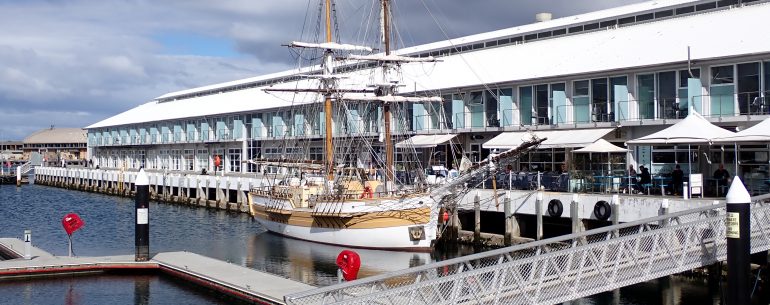Today was a day to start exploring Hobart and what better way to do that than wandering around town. We started by heading into the main shopping area stopping at a couple of bookshops and, in the second, found a 40th Anniversary edition of Possum Magic for Alex. It is a book we remember well from when we lived here, so will take a copy home for him. I also found a series that looks like an Australian Arthur Ransome equivalent, so bought one of those to try. It said that it was for ages 9-99, so that seemed to cover my physical and mental ages quite well.
From there we walked back to Salamanca to look around the shops (including a wool shop!) and then up Kelly’s Steps to get through to Battery Point. The steps are named after James Kelly who carved the original steps into the cliff to access Battery Point in 1839. James Kelly was a master mariner and, as master of the whaleboat Elizabeth is said to have discovered Macquarie Harbour (Strahan) in 1815 when they circumnavigated Tasmania. There seems to be some doubt as to whether it was him and there are differing accounts, but after he was appointed harbour master and pilot for the Derwent River in 1819, he was subsequently responsible for transporting hundreds of convicts to the newly established penal station at Macquarie (Sarah Island). Whether he would regard a set of steps as a suitable legacy to his name is perhaps debateable, but he certainly had quite an impact on the early history of Van Diemens Land.
Battery Point itself is imaginatively named after the coastal batteries which were positioned here in 1818 to defend the entrance to Hobart. They were often fired for ceremonial purposes, but never in anger. Indeed the initial battery was described as follows:
…. pitiful mud fort with half a dozen honeycombed guns perfectly harmless to the artillery men who fire them and serving only to make a noise on the King’s birthday and on one or two other public occasions.
Frank Bolt – Old Hobart Town Today
They were expanded to try and overcome this, but in 1878 they removed them as they realised that, in the event of anyone attacking, they were probably drawing fire on to the city! Battery Point was a centre for all the maritime industries of Hobart in the 19th and early 20th centuries and particularly the shore was a mecca for shipbuilding with many boats built there. One yacht built there at Muir’s Shipyard still survives and is afloat in Constitution Dock. Westward was originally intended to be a fishing boat, but when the order fell through at a late stage of building, the new owners launched her in 1947 as a yacht. She has a length overall of 41′ 9″, a beam of 12′ and a draft of 6′ 6″. She is well built with one and one-eighth inch celery top pine planking on laminated blue gum frames She has heavy stringers and deck beams and was built to survive pretty much anything and her life shows that she did. Shortly after launching she won the handicap division of the Sydney Hobart race in 1947 (the third time the race was run) and then again in 1948 – the only yacht to have won it two years in a row. The fishing well she was built with was simply boarded over and she is definitely the only boat with a fishing well to have won the Sydney Hobart race. Her last owner – Stan Field – donated her to the Tasmanian Maritime Museum after 55 years of ownership, including a 15 year cruise around the Pacific. She still sails actively.
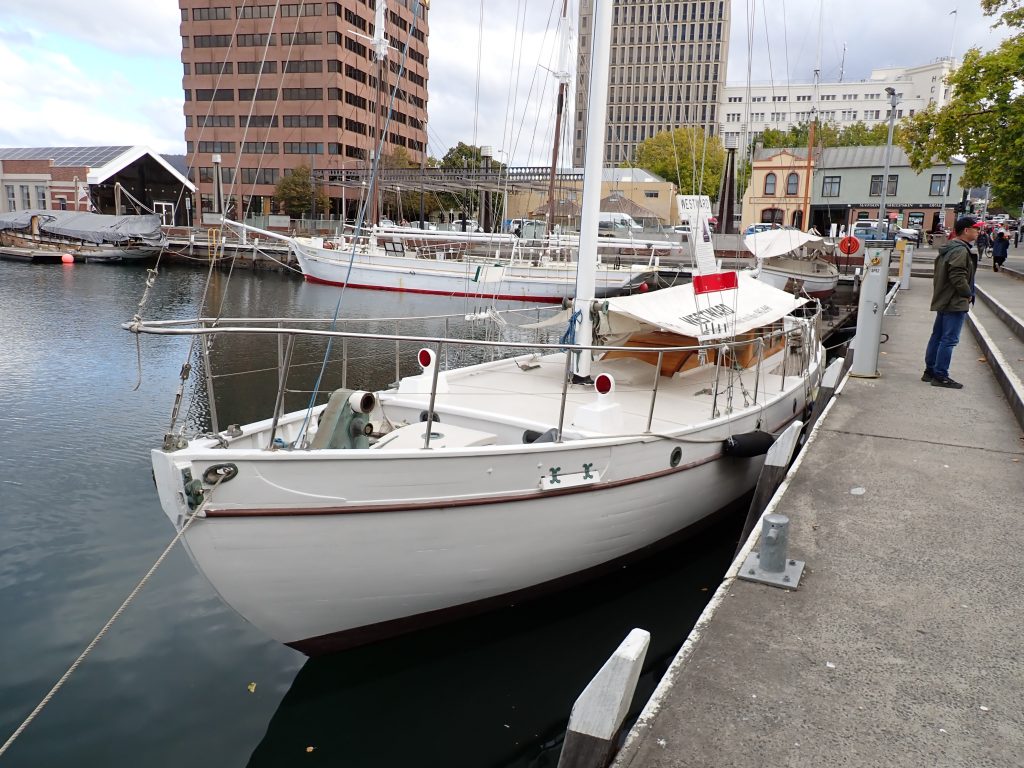
We quickly visited the Derwent Sailing Squadron as there is apparently a sailability group there who use Hansas, but they were not sailing that day. However, they do have two 24-footers in Kings Wharf marina, so I will try and find them another day. From there we walked back for a break.
Later in the afternoon we walked the huge distance of about 200 metres (!) from our hotel to the Mawson’s Huts Museum. These huts are a precise replica of the huts on Cape Denison in Antarctica. These were built by the Mawson expedition, more properly known as the Australasian Antarctic Expedition (AAE) of 1911-14. The huts were used as the main base for two years of the expedition. Dr Douglas Mawson is perhaps one of the least known of the Antarctic explorers, but arguably one of the most important. His was the world’s first truly scientific expedition to Antarctica. Others – Shackleton, Scott, Amundsen – could be described as glory-seekers and had a strong desire to break or establish records. Mawson simply wanted to find out more about the continent and his team was made up of scientists and radio operators – on the way to Antarctica they stopped at Macquarie Island and established a wireless station so that they could communicate.
The ship used by the AAE expedition was the SY Aurora and she left from Constitution Dock in Hobart, very close to where the replica huts are now. The Aurora was also used by the Shackleton Trans-Antarctic Expedition. She was tasked with setting up supply depots along the southern part of the route for his trek across Antarctica. She was delayed by sea ice in McMurdo Sound in but made her way further south to enable her to set up the depots. She got trapped in the ice though in 1915, and the men setting up the depots were stranded. The Aurora remained trapped in the ice for around a year and probably drifted around 1600 nautical miles. It was not until February 1916 that she escaped and headed back to Dunedin in New Zealand.
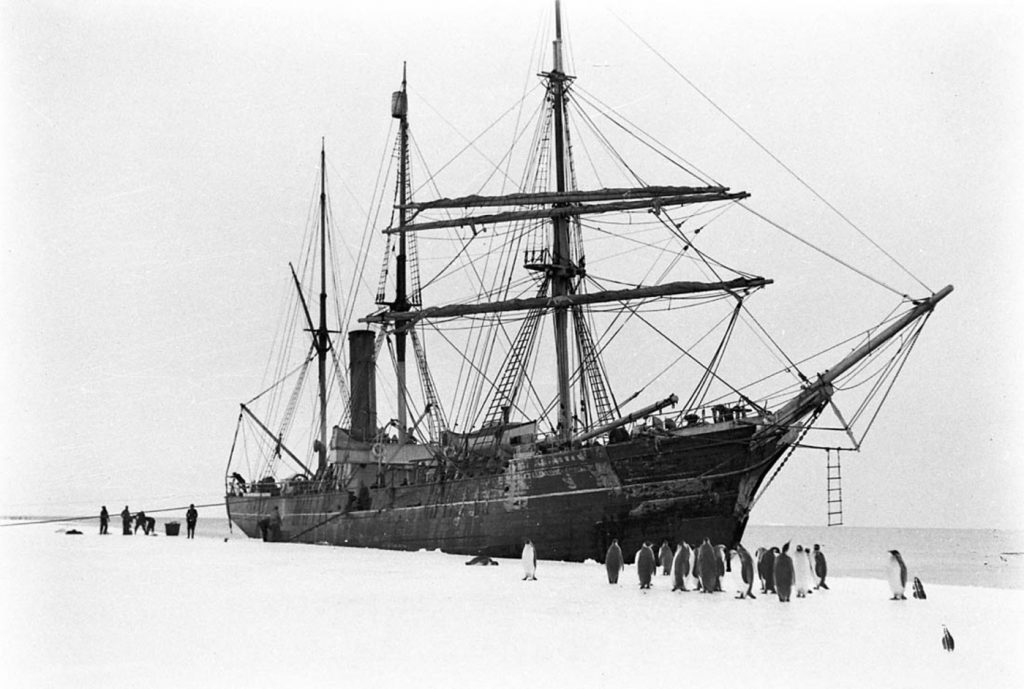
Mawson cut his exploring teeth as the Scientific Officer on Shackleton’s Nimrod Expedition and he was even invited to take part in Scott’s Terra Nova expedition. He declined preferring to lead his own. The expedition was generally very successful though, like all Antarctic exploration of the time, had its problems. However, they did make it to the magnetic south pole – one of the aims of the scientific work. Sadly two members of the expedition died while out on a five week surveying expedition – Ninnis fell through a crevasse with one of the sleds and six of the dogs. The majority of their rations went with him and Mawson and Mertz had to gradually kill and eat the dogs. Ironically this may also have killed Mertz who subsequently died, possibly from poisoning from eating the dog’s livers which have an excess of Vitamin A.
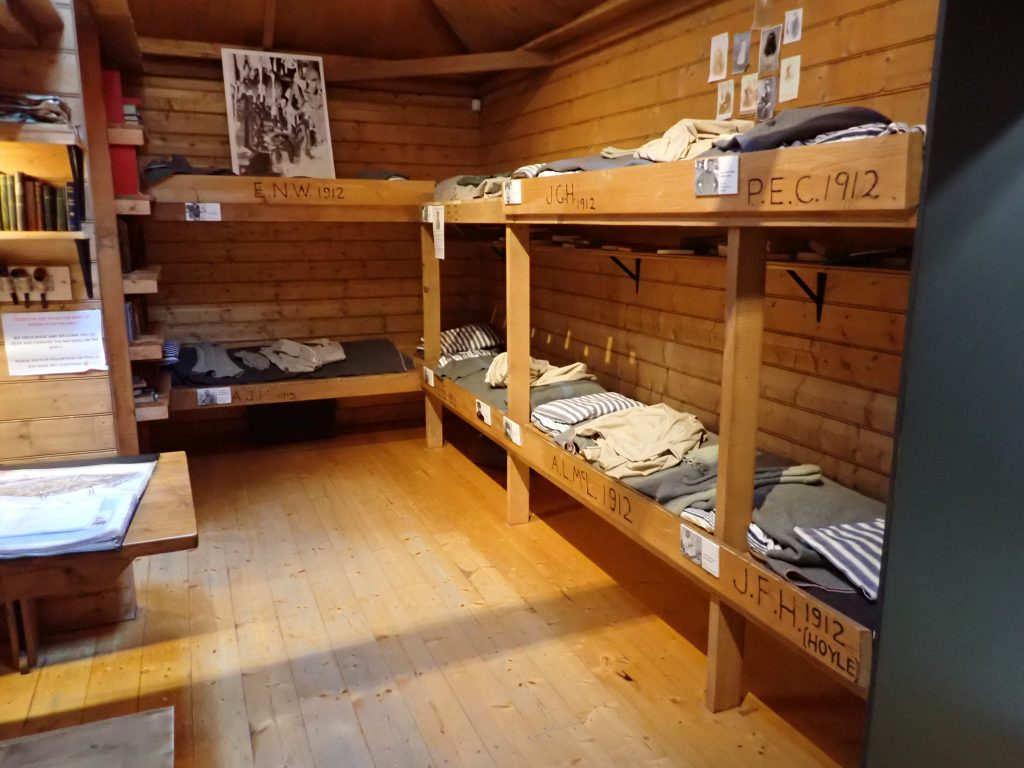
The other person involved in Mawson’s AAE expedition who went on to other famous expeditions was Frank Hurley. Hurley was the photographer for Mawson and ensured that a record survives of the expedition – both film and stills. As with his later photography for Shackleton, some of the photographs are remarkable and help to bring out the privations of life in a small hut with a large number of people. Hurley’s escape was perhaps the small dark room in the hut, but for anyone else, if you went outside, the next nearest person was around 2,500km away!
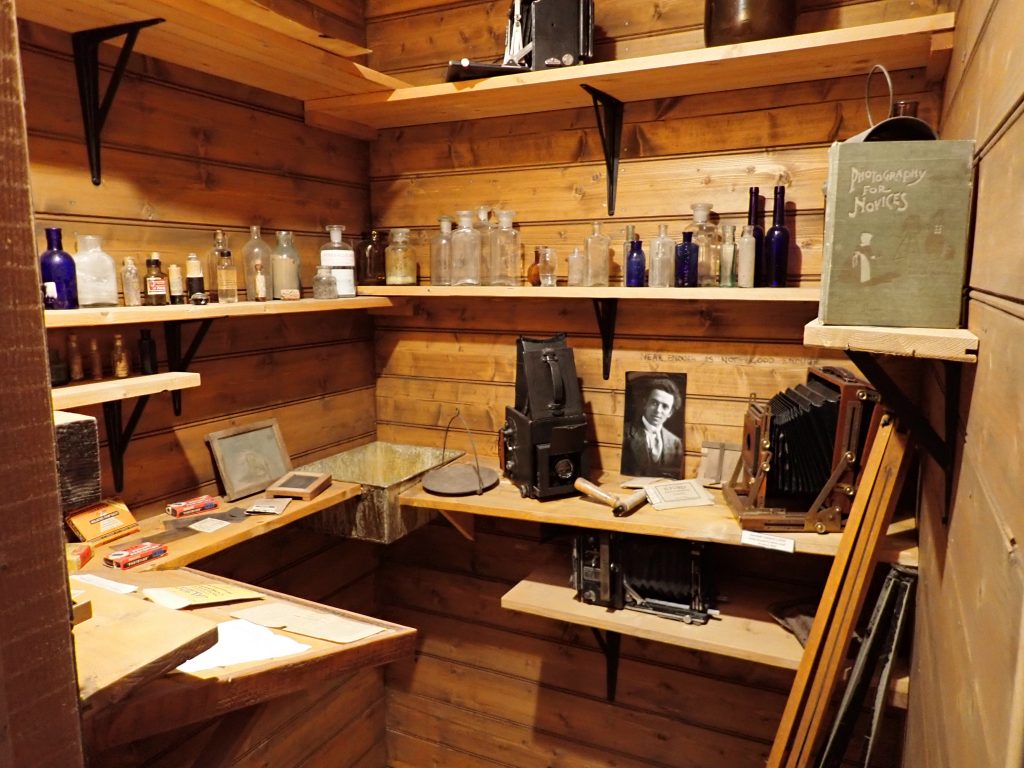
The final visit of the day was to the Maritime Museum. A small but perfectly-formed museum with a range of exhibits around Hobart as a port and shipbuilding centre. The museum picked out certain boats and their relationship to Hobart and one which particularly caught my eye was the Prince Regent.

She went through various phases of ownership. She was built at Portsmouth in 1814 as a royal yacht and named for the prince who would go on to be King George IV. She was fitted out sumptuously, as might be expected for a royal yacht, but for some reason William IV decided to give it away. The beneficiary of this generosity was the Sultan of Muscat in Oman, but he doesn’t seem to have been a grateful recipient as he was offended by the ostentation and so sold it to the British East India Company! She was then bought by Nathan & Co. to operate as a whaler out of Hobart. This was the peak of the whaling era and Hobart was a key centre, so many ships were roped in (excuse the pun!) to this trade. Quite a come down though for an ex-Royal Yacht. Her whaling career though ended in 1864 and she was auctioned off in Sydney, but after various voyages she was finally abandoned to rot away in Gladstone in Queensland in 1870. A fitting end for a Royal Yacht?
